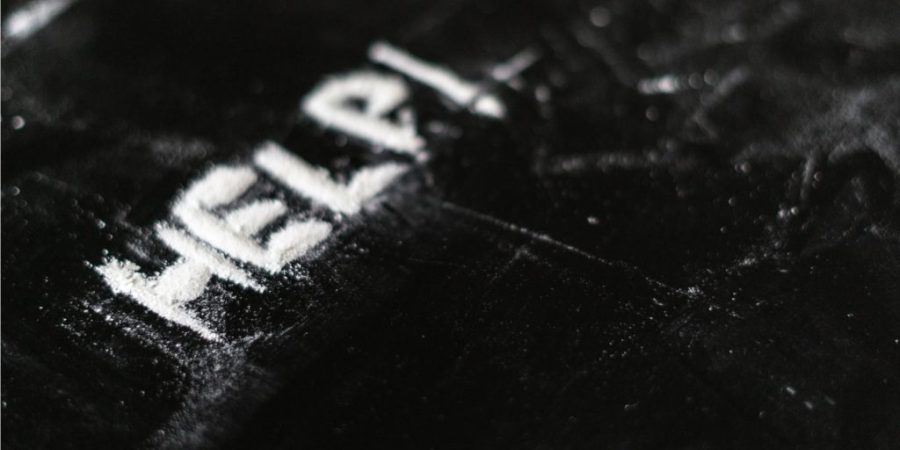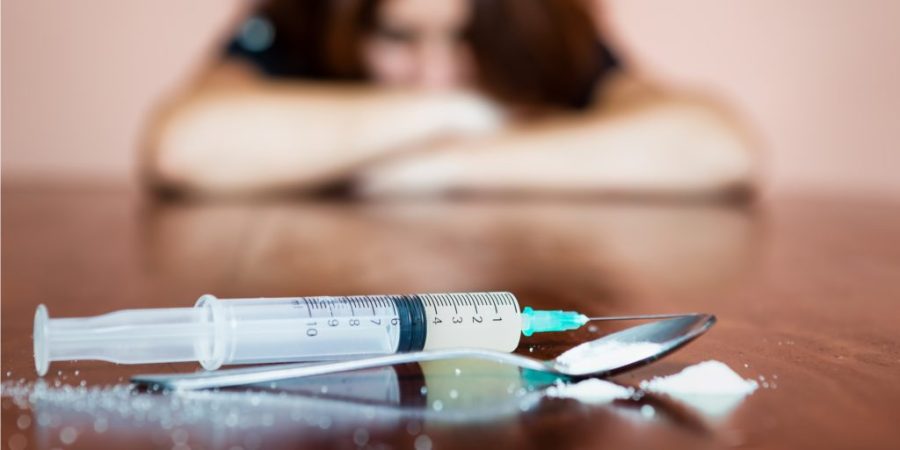
Cocaine is a highly addictive substance. What starts off as a seemingly harmless experiment can quickly spiral into life-threatening addiction that can have serious personal, professional, and financial consequences. That said, many people are unaware of the signs and symptoms of cocaine use. Questions like, “what does cocaine look like?” or “what does cocaine smell like?” are completely normal questions to ask yourself if you believe someone you know may be using cocaine. By understanding the symptoms of cocaine use, you can get your loved one the help they need before addiction takes hold.
To better understand the symptoms of cocaine use, it’s important to know what cocaine is, how to identify it, and how it affects the body.
Table of Contents
What’s in Cocaine?
If you are not familiar with illicit drugs like cocaine, you may be wondering, how is cocaine made? Due to the illegal and secretive ways in which many illicit drugs are made, it’s impossible to know every ingredient or process used to make cocaine. So you should know that the following description may not include all cocaine ingredients.
Cocaine is a drug that is extracted from the leaves of the coca plant, which is native to South America. The process of making cocaine involves harvesting and soaking the leaves in gasoline and other solvents to extract the active ingredient cocaine hydrochloride. The leaves are then drained and mixed with other chemicals like lime and are then strained out leaving only the extracted drug.
Cocaine is often cut, or mixed, with other chemicals to make the drug more potent or to help dealers increase their profits. These substances can include things like ammonia, heroin, procaine, amphetamines, and even fentanyl. Not only do these toxic chemicals make cocaine more addictive, but they pose a serious threat for overdose and death. Thankfully, spotting the symptoms of cocaine use can help stop addiction from becoming fatal.
Symptoms of Cocaine Use

Cocaine is a fast-acting, highly addictive stimulant drug. There are several observable symptoms of cocaine use to look out for. These include some of the tell-tale behaviors of cocaine use such as hyperactivity or dilated pupils. The symptoms of cocaine use can become more recognizable as the amount of cocaine being used increases.
Common symptoms of cocaine use include:
- Dilated pupils
- Long periods of wakefulness
- Loss of appetite
- Over-excitement
- Paranoia
- Runny nose or frequent sniffles (sometimes referred to as coke nose)
- White powder around the nostrils
- Irritability
- Depression
- Mood swings
Now that we’ve covered symptoms of cocaine use, it’s time to ask, what does cocaine do to your body?
How to Identify Cocaine and Cocaine Paraphernalia
Identifying the symptoms of cocaine use is important, but it’s also important to be able to identify cocaine and cocaine paraphernalia.
Oftentimes, people who are addicted to drugs or alcohol hide their addiction from loved ones. While some addictions may be obvious, others may be more difficult to spot, especially if your loved one may be actively hiding it from you. If you suspect that someone you know is struggling with cocaine use, it is important to know how to identify cocaine so that you are more able to help
What Does Cocaine Look Like?
Cocaine can come in either powder or rock form. Regardless of its form, cocaine tends to be an off-white or beige color. Many drug dealers add cutting agents to cocaine to increase profit or make their cocaine more addictive. These added substances can change the color of cocaine. Substances like talcum powder or laxatives can make cocaine look more white, while powdered caffeine or amphetamines can make cocaine appear less white.
What Does Cocaine Smell Like?
Typically, cocaine has a sweet floral scent. However, depending on the cutting agents used, cocaine can have a metallic or chemical-like smell. Cocaine is very difficult to smell unless it is held close to the nose, which should always be done carefully to avoid accidental inhalation.
What Does Cocaine Taste Like?
The way cocaine tastes varies depending on how it is made and what it’s been mixed with. Typically, the taste of cocaine is described as very bitter. Since cocaine is often cut with substances like lidocaine, which has a numbing effect, people who use cocaine will often rub it on their gums to check its purity. The more bitter the cocaine, the more potent it is.
What Does Cocaine Paraphernalia Look Like?
Because cocaine can come in several different forms, identifying cocaine paraphernalia can be difficult. Cocaine is typically sold in small, resealable plastic bags, sometimes with small designs on them. A person who uses powdered cocaine will often carry cut-off straws, razor blades, or a small mirror, or another flat surface. Someone who is using rock cocaine, known as crack, will often carry a metal cylinder that has metal wool inside for smoking crack rocks with. Cocaine can also be injected, which means that things like syringes, bent spoons, and lighters can all be signs of possible cocaine use.
What Does Cocaine Do to Your Body?
Each time someone uses cocaine, their body experiences a rapid spike in energy levels, heart rate, blood pressure, breathing, body temperature, and anxiety. People who use cocaine may experience a host of other symptoms such as tremors, nausea, or paranoia. Cocaine use can also seriously affect the health and function of several organs and body systems.
Frequent cocaine use can lead to several serious health conditions. Those include:
- Chronic headaches or migraines
- Seizures
- Heart disease
- Stroke
- Lung damage
- HIV or hepatitis (if injected with a non-sterilized or reused needle)
- Bowel decay
- Overdose
- Death
The symptoms of cocaine use and the health risks it poses are serious. If you believe that someone you know is using cocaine, getting help before addiction sets in is extremely important. For those looking to get help, a treatment center that specializes in addiction can offer the care and expertise to help overcome substance use problems.
Where to Get Help for Cocaine Addiction in Ohio

Cocaine is a highly addictive drug and can require specialized addiction treatment to safely and effectively quit. At the Woods at Parkside, located right outside Columbus, Ohio, our treatment center offers many different programs to help you overcome cocaine addiction.
Addiction can be extremely difficult to overcome, especially when cocaine or other highly addictive substances are involved. For individuals who may be suffering from an addiction to cocaine that has been cut with opioids such as heroin, an effective first step towards recovery is a supervised detox. After detox, we offer several different treatment methods to best suit your individual needs. Some of these additional treatments include:
- Dual Diagnosis
- Residential Rehab
- Partial Hospitalization
- Intensive Outpatient Addiction Treatment
- Offsite Partial Hospitalization
Whichever treatment method you choose, you can rest assured that the expert staff here at The Woods at Parkside will support you every step of the way.
To learn more about our treatment methods, or if you have more questions about the symptoms of cocaine use, give us a call today at 614-471-2552 to speak with one of our admissions specialists. You can also contact us online using our confidential contact form. However you choose to get in touch, we’ll be ready to get you started on your journey towards recovery.
The post Symptoms of Cocaine Use: How to Identify Substance Abuse appeared first on The Woods At Parkside.
Source
Original Author: The Woods at Parkside